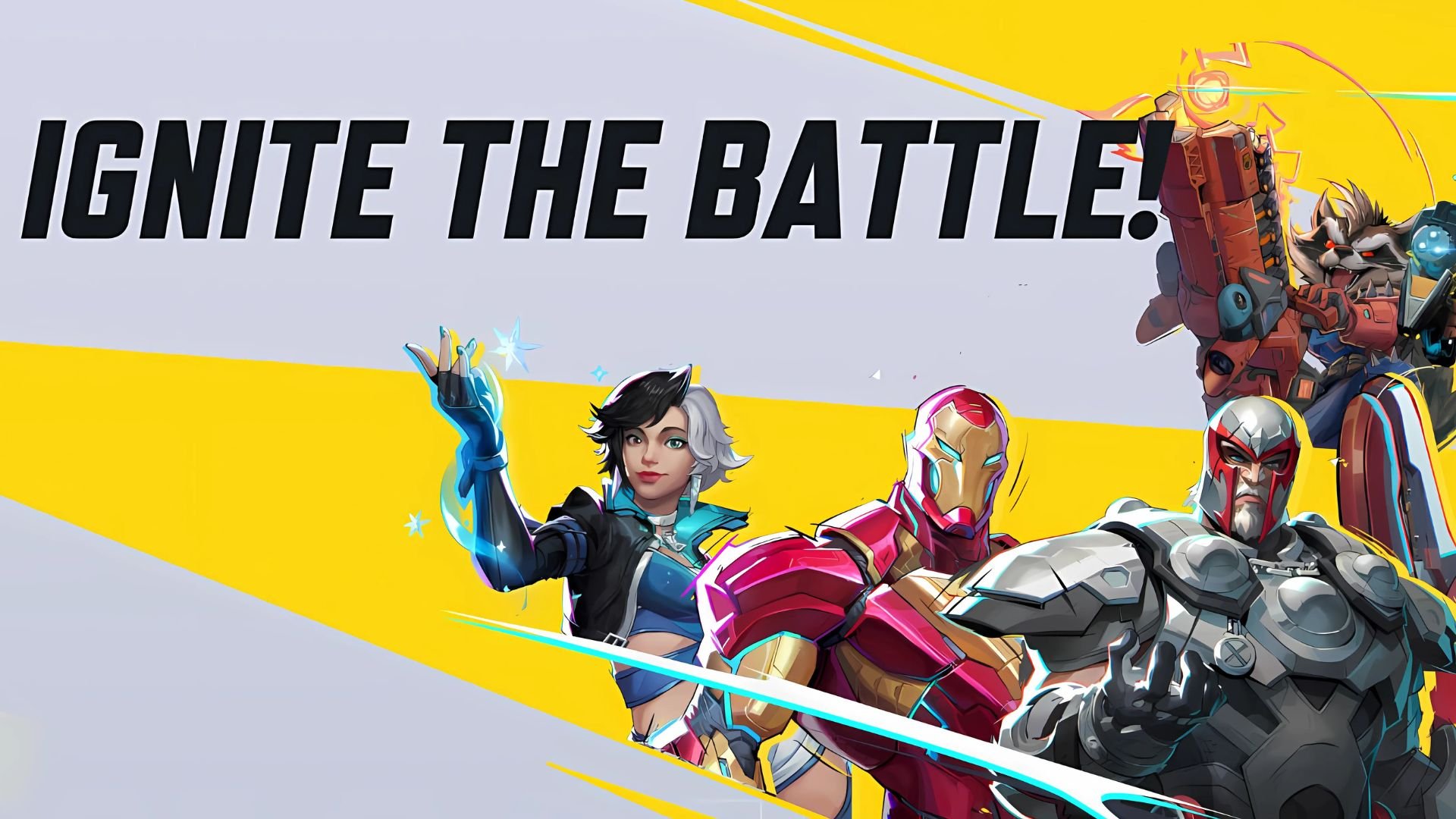Marvel Rivals Reaches 10 Million Players in 72 Hours: Is Overwatch Facing a True Rival?
Marvel Rivals has taken the gaming world by storm, amassing a staggering 10 million players within just 72 hours of its December 6 release. Developed by NetEase Games in collaboration with Marvel Games, this free-to-play hero shooter brings the Marvel universe into the competitive gaming arena. With its successful launch, comparisons with Blizzard’s Overwatch are inevitable, especially as Marvel Rivals introduces some notable innovations in a genre largely defined by Overwatch’s dominance.
A Heroic Start for Marvel Rivals
Marvel Rivals launched with a solid foundation that seems to have resonated with players right from the start:
Extensive Hero Roster: With 33 playable characters spanning fan-favorite heroes like Iron Man, Black Widow, and Captain Marvel, Marvel Rivals caters to a wide range of playstyles. The heroes are divided into three main classes—Duelists (DPS), Vanguards (tanks), and Strategists (support)—offering diverse strategies and synergies.
Affordable Battle Pass: The game employs a free-to-play model supported by a battle pass, noted for its affordability compared to similar games.
Day-One Community Engagement: Marvel Rivals launched with built-in community tournaments through its unique Factions feature, where players align with different groups for competitive and cooperative events. This immediately brought a sense of collaboration and rivalry to the player base.
How Does Marvel Rivals Stack Up Against Overwatch?
As Marvel Rivals rises in popularity, comparisons to Blizzard’s Overwatch are inevitable. Both games share a similar team-based, hero-driven structure, but the differences reveal the contrasting philosophies behind their development.
Character Availability:
Overwatch 2: Launched with 35 playable heroes, but new players initially only had access to a limited subset. Unlocking the full roster requires gameplay hours or purchasing passes.
Marvel Rivals: In contrast, provides access to all 33 characters from the moment players log in, enabling immediate experimentation with different roles and team compositions.
Battle Pass Models:
Marvel Rivals: The first battle pass, “Season 0 Luxury Battle Pass,” is priced at 490 Lattice (approximately $5), offering five premium costumes and cosmetic items. Future seasons are expected to cost 980 Lattice (around $10). Notably, Marvel Rivals allows players to complete purchased Battle Passes even after the season ends, giving casual players the flexibility to unlock rewards at their own pace.
Overwatch 2: The Premium Battle Pass costs 1,000 Overwatch Coins ($10), while the Ultimate Battle Pass Bundle is priced at 2,200 Coins ($20). Unlike Marvel Rivals, players must complete the pass within the season, or they lose access to unfinished rewards.
Skin and Bundle Pricing:
Marvel Rivals:
Epic-quality skins are priced at 1,600 Units ($8).
Marvel Cinematic Universe (MCU) skins cost 1,800 Units ($9).
Legendary-quality bundles are available for 2,400 Units ($12).
Overwatch 2:
Epic skins typically cost 1,000 Overwatch Coins ($10).
Legendary skins are priced at 1,900 Overwatch Coins ($19).
Larger bundles can reach price points of $25 or more, depending on content.
Community Focus:
Overwatch 2: Blizzard has built a legacy of community events like Starwatch and the Overwatch League, but these are organized externally and post-launch.
Marvel Rivals: Introduces community tournaments integrated into the game through its Factions system, fostering immediate engagement and camaraderie among players.
A Fast Start, but Can Marvel Rivals Maintain the Momentum?
Marvel Rivals’ explosive launch numbers highlight its potential to challenge Overwatch’s dominance, but the road ahead isn’t without obstacles. Blizzard’s Overwatch remains a household name, with a reported 100 million active players as of its 11th season, a testament to the enduring popularity of the franchise. However, Marvel Rivals benefits from the Marvel brand’s global appeal, which has undoubtedly contributed to its meteoric rise.
The challenge for Marvel Rivals will be maintaining this momentum. Regular updates, new heroes, and engaging community events will be essential to keeping its player base invested. Additionally, ensuring balanced gameplay and addressing potential monetization pitfalls will be critical to competing with Overwatch’slong-established ecosystem.
What This Means for Hero Shooters
The success of Marvel Rivals signals a potential shift in the hero shooter genre. With its innovative approach to community-driven play, flexible Battle Pass system, and a roster packed with beloved characters, the game has carved out a niche that appeals to both casual players and competitive gamers. Its rapid growth also sends a message to other developers: innovation, accessibility, and community engagement are key to standing out in an increasingly crowded market.
While it’s too early to declare Marvel Rivals the new king of hero shooters, its successful launch and player-friendly features make it a title to watch closely. As Blizzard faces pressure to innovate and adapt, Marvel Rivals might just prove that even a giant like Overwatch is not untouchable.



